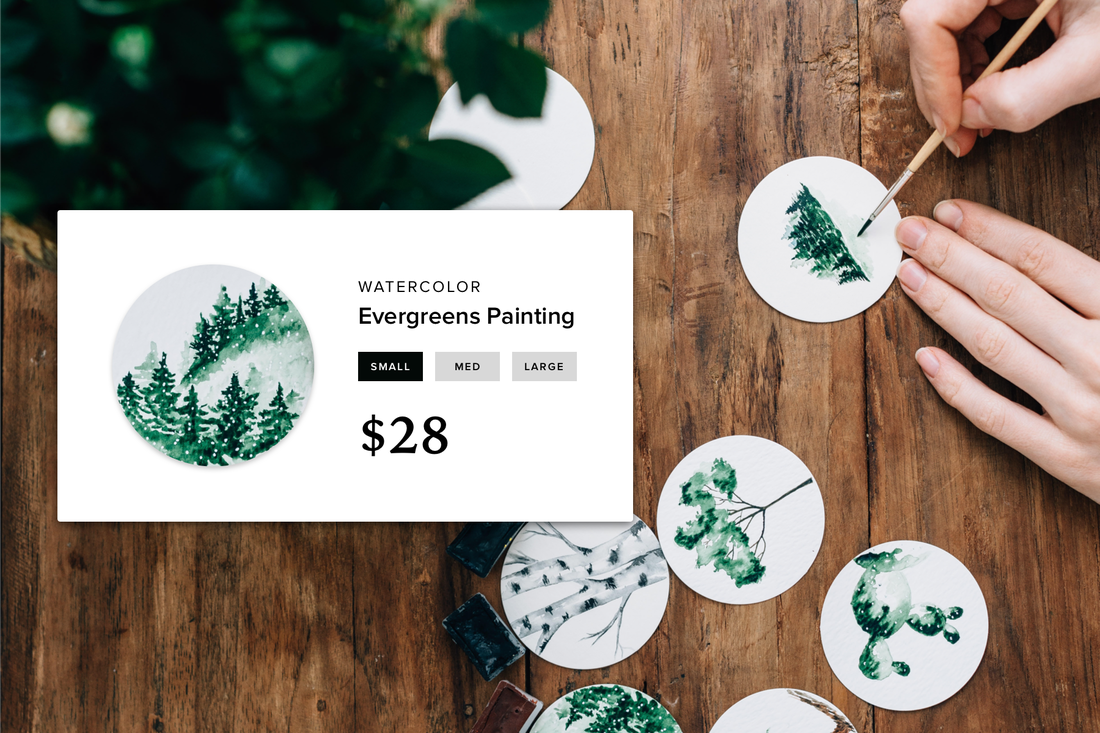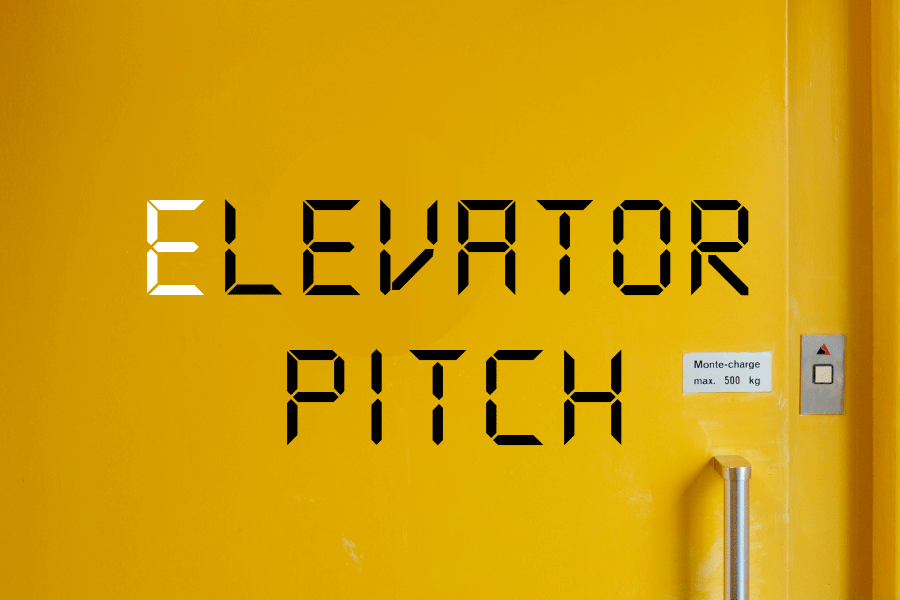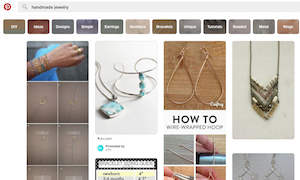For most people, riding in an elevator is an awkward experience marked by crowding and an overwhelming desire to avoid eye contact. For entrepreneurs, it's an opportunity to practice that vital business skill: the elevator pitch.
In a world where people are busier and more distracted than ever, the ability to clearly and concisely communicate your core brand narrative in just a couple minutes is essential. But getting to the point isn't easy. Without a plan, most people will ramble on until they've not only lost the story, but lost their customer.
Fortunately, there are a few simple tips that you can follow to ensure that your elevator pitches come off sounding great every time.
Fortunately, there are a few simple tips that you can follow to ensure that your elevator pitches come off sounding great every time.
1) What's the Headline?
Before beginning your pitch, it's important to set the right expectation for your audience. You want to lead off with something that's clear, concise and provides a solid foundation for the rest of the story. At its simplest, a good headline should say "here's what we're going to talk about."
For example, let's say you run a southern-style restaurant. If someone asked what you do, you could reply simply, "I offer the best Southern cooking in San Francisco."
For example, let's say you run a southern-style restaurant. If someone asked what you do, you could reply simply, "I offer the best Southern cooking in San Francisco."
2) What's the Problem?
Once you've framed the context for the story with a strong headline, you can move onto the background or problem statement. This is where you explain the issue that your business is hoping to solve.
Using the Southern restaurant example again, you might say, "Southern cooking in San Francisco was hard to come by and when you did find it, it was never like the real thing." (I don't know if this is true or not, so please don't be offended if you're a proud Southerner living in San Francisco.)
Using the Southern restaurant example again, you might say, "Southern cooking in San Francisco was hard to come by and when you did find it, it was never like the real thing." (I don't know if this is true or not, so please don't be offended if you're a proud Southerner living in San Francisco.)
3) What's the Opportunity?
With every problem comes an opportunity and that's where your story really starts to take shape. How is your business addressing the particular issue or problem in the market? You can also think of the opportunity statement as a promise statement. What's your promise to your customers?
For our fictional Southern restaurant, you might say, "I saw an opportunity to create a restaurant that delivered an authentic Southern experience, from cooking to hospitality."
For our fictional Southern restaurant, you might say, "I saw an opportunity to create a restaurant that delivered an authentic Southern experience, from cooking to hospitality."
4) What Makes You Unique?
Making a promise is good, but it's a lot better if you can follow it up with additional details. This is where you can focus on the unique things that you do that differentiate your business from your competitors. In our restaurant example, this might be where you describe the "authentic family recipes," or the "world-famous sweet tea."
Depending on how long the elevator ride is, you may have to skip this section, but it's still important if you have time.
Depending on how long the elevator ride is, you may have to skip this section, but it's still important if you have time.
5) How Will Your Customers Feel After They've Visited Your Business?
Every good story should have an ending, and the same is true of your elevator pitch. So far, you've explained the problem, your opportunity/promise, and some details about what makes you special. Now, it's time for the payoff. How will your customers' lives be changed for the better because of your business?
In a good elevator pitch, your payoff statement and your opportunity statement will be very similar. So in the restaurant example, you might say, "By the end of the night, my customers will have experienced a true Southern dining experience and will appreciate what makes Southern culture unique."
Remember, it's not easy to develop an awesome brand story, let alone communicate it consistently. The only way to get better is to practice, so head to the tallest building you know and start riding the elevator. You'll have your pitch down in no time.
In a good elevator pitch, your payoff statement and your opportunity statement will be very similar. So in the restaurant example, you might say, "By the end of the night, my customers will have experienced a true Southern dining experience and will appreciate what makes Southern culture unique."
Remember, it's not easy to develop an awesome brand story, let alone communicate it consistently. The only way to get better is to practice, so head to the tallest building you know and start riding the elevator. You'll have your pitch down in no time.
 Rob FrappierRob is a creative content strategist from Detroit. When he’s not developing integrated marketing campaigns, he’s probably watching Netflix.
Rob FrappierRob is a creative content strategist from Detroit. When he’s not developing integrated marketing campaigns, he’s probably watching Netflix.





